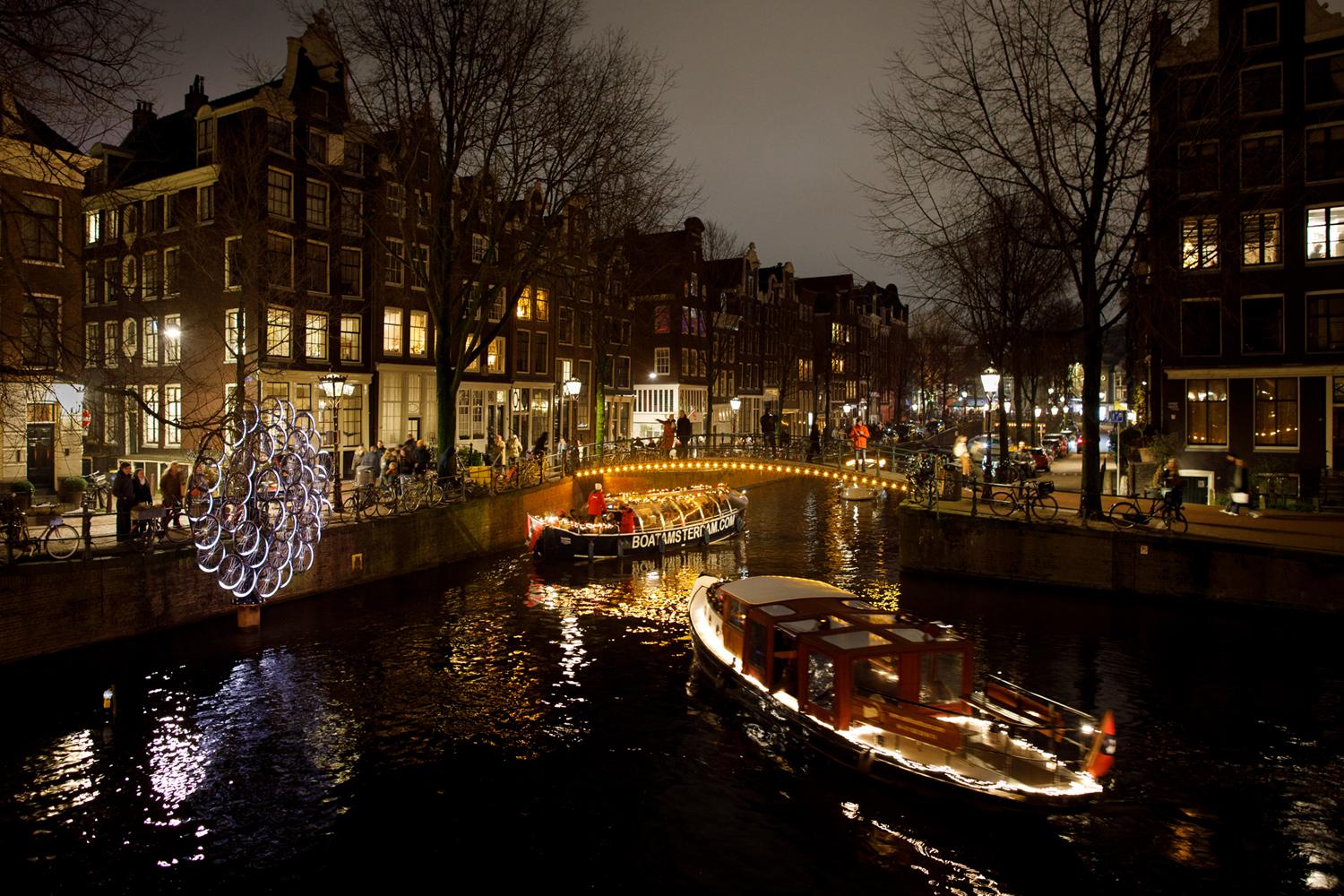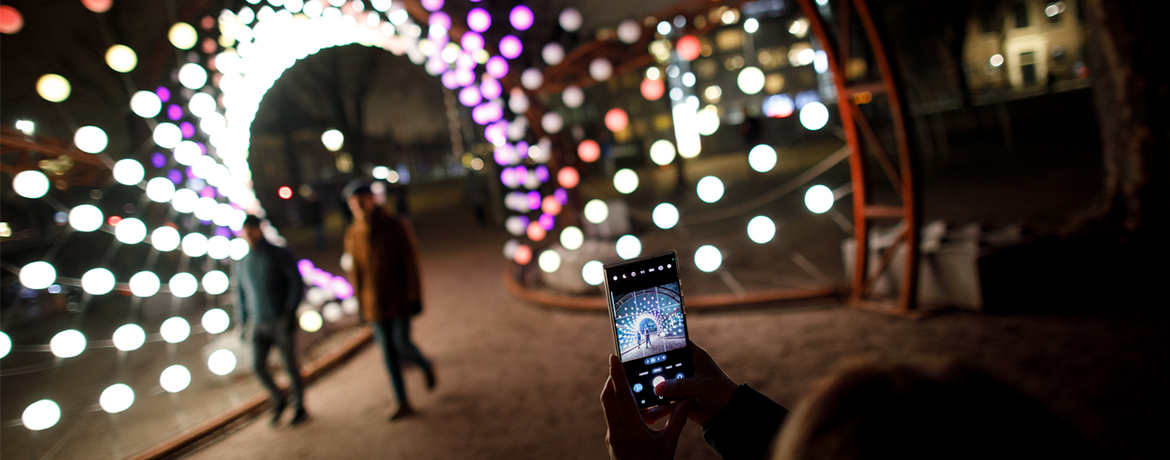Peter Jan Margry
Five questions, five answers with Peter Jan Margry, jury member of the selection of Edition 13.
WHAT RITUAL IN YOUR PERSONAL LIFE IS IMPORTANT TO YOU?
Like everyone else, I have of course my own daily ritualesque comforting habits, like coffee and news or the homecoming afternoon beer. But one of the nicest Dutch ritualistic traditions is the yearly making of the humorous and mildly teasing poems, on behalf of the feast of Saint Nicholas, written for and about family members or friends to accompany the presents given out that day. In a playful and mild way, one is then allowed to praise, but also to comment, on a person’s (annoying) habits, character flaws, or the things that happened to them in the past year.
WHAT ROLE DO RITUALS PLAY IN YOUR WORK?
Quite a lot, as my research focus lies on religious cultures and traditions and in those fields one finds plenty of them. Especially my pet-topic – pilgrimage – is strongly connected to all kind of fascinating rituals. So, during my fieldwork visits to shrines and holy places I usually encounter a variety of rituals, in order to identify, describe and analyse them. Ever since I was a student, I have been a 'ritual-chaser’; those ‘old’ days pilgrimage photos taken by me can be seen in the online National Geheugen photo database.
AS AMSTERDAM CELEBRATES ITS 750TH ANNIVERSARY, WHAT IS A RITUAL THAT WILL STILL EXIST IN THE NEXT 750 YEARS?
Rituals have a certain inherent durability, but their staying power is not endless: rituals change and can also disappear. This affects rituals connected to culture and religion (which is, however, also culture) more than rituals connected to the basic human life cycle. So, one can be pretty sure, unless climate change is going to be the big spoiler, that rituals of birth and death will still be there in 2774.

WHAT ARTWORK OF THIS YEAR APPEALS MOST TO YOUR EXPERTISE?
To my scholarly expertise the installation Lite of Passage by ACKM Studio appeals very strongly. It reflects the basic notion of the central idea of 'rite of passage' in rituals. That is the passage or transformation one has to go through, facilitated by the rituals, to get from one state of being into another. For example, by the rite of marrying one becomes a ‘married’ person. In passing through the Lite of Passage bridge-tunnel the visitor activates or transforms by walking along the many light modules, and gets probably out of it in another, joyfuller state. I like it also, of course, because the title of the work plays gently with the 'rite of passage’ concept.
But one could also look at the nearly binary positioning of some of the artworks: the sometimes delusional chaos of rush hour in Amsterdam with its thousands fast-riding cyclists (Rush Hour by studio OSSO) that at some point get fully frustrated in their mission to arrive in haste at their destination, when being confronted with the typical Amsterdam yellow detour signs (Never Finished by Tom Biddulph), indicating that there is a deviation and that the road is closed. In opposition to that, other installations show our need for rest and reflection, as shown in calming works like Mind Bridges, Inspirare, Self Reflect, or in the fantastic Meditation on the threshold.
IF YOU COULD DETERMINE THE NEXT THEME OF THE FESTIVAL, WHAT WOULD IT BE?
In the face of the present time, with wars and horrors as a result of emotions, gut feeling and primitive power politics, I would suggest, in line with the core of the festival: 'Enlightenment'.
ABOUT PETER JAN
Peter Jan Margry is Professor Emeritus of European Ethnology at the University of Amsterdam and fellow at the Meertens Institute, a research centre of the Royal Netherlands Academy of Arts and Sciences in Amsterdam. His research focus is on modern and contemporary religious cultures, alternative healing practices, rituals and traditions, cultural memory and cultural heritage.
